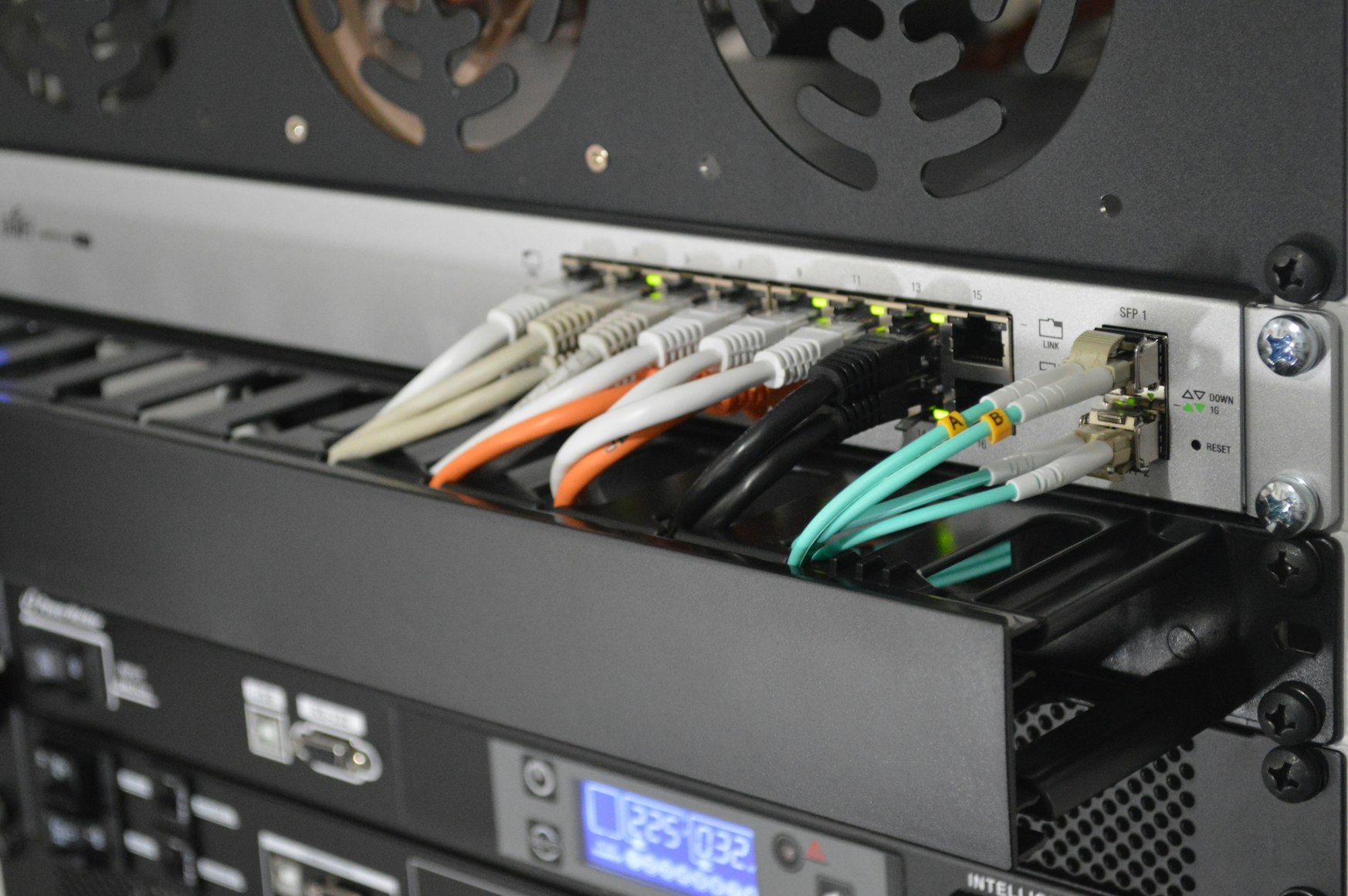Why a homelab?
In the ever-evolving landscape of technology, the concept of homelabs has emerged as a beacon for enthusiasts and professionals seeking hands-on experience, experimentation, and continuous learning. A homelab, is a personalized environment where individuals can explore a diverse range of technologies, delve into hardware intricacies, and build practical skills.
My personal journey into my homelab was driven by a desire to have an environment where I could easily deploy virtual machines, work with Kubernetes, and expand my expertise into areas I may not be too familiar with, such as networking and storage. This quest for a comprehensive and hands-on learning experience led to the exploration of diverse technologies within my homelab setting. Additionally, having the freedom to expand or deploy services and hardware without worrying about cloud costs provided a cost-effective and flexible alternative for continuous testing and exploration, making my homelab an ideal space for developing and refining skills.
My homelab is not just a space for technology exploration; it is an incubator for growth, innovation, and collaboration. Whether you’re a hobbyist, student, or professional, homelab offer a continuous journey of learning and discovery. Embrace challenges, share experiences, and let your lab reflect your dedication to mastering the ever-evolving world of technology.
Here are some top reasons to get start building your own homelab.
1. Comprehensive Learning Environment:
Provide a holistic learning experience by combining theoretical knowledge with hands-on experimentation. Users have the freedom to explore diverse technologies, allowing them to make mistakes and learn from practical scenarios. This immersion fosters a deep understanding of technology beyond the confines of traditional learning environments.
2. Technology Dexterity
Expose users to a variety of software tools, fostering adaptability in the ever-changing tech landscape. Enthusiasts can experiment with operating systems, databases, development frameworks, and other tools not commonly encountered in their professional roles. Additionally, create an ideal environment to explore virtualization using tools such as Proxmox. Virtual machines simulate diverse operating environments, allowing users to experiment with different configurations. Once comfortable with virtualization, enthusiasts can take the next step into the realm of container orchestration with Kubernetes. Kubernetes allows for the deployment, scaling, and management of containerized applications, providing practical experience in one of the most sought-after technologies in modern IT.
3. Hardware, Automation, and Networking Prowess:
Offer insights into hardware configurations, automation, and networking intricacies. Enthusiasts can experiment with setting up servers, configuring storage solutions, and automating routine tasks. Networking knowledge is enhanced by creating complex setups, understanding protocols, and troubleshooting connectivity issues. This holistic approach provides a well-rounded understanding of both the software and hardware components that make up an IT infrastructure.
4. Cost-Effective Flexibility:
Offer a cost-effective alternative for deploying solutions. While cloud services offer convenience, enthusiasts can experiment without the fear of escalating costs commonly associated with cloud usage. This flexibility is particularly advantageous for continuous testing and exploration, making it an ideal space for developing and refining skills.
5. Collaborative Learning Hub:
Serve as gateways to vibrant communities, both online and offline. Engaging with fellow enthusiasts through forums, social media groups, or local meetups facilitates collaborative learning, troubleshooting, and idea exchange. The sense of community not only enhances technical knowledge but also provides valuable networking opportunities and a support system for overcoming challenges.
6. Real-world Project Integration:
Empower users to bridge theory and practice by implementing real-world projects. This practical, project-based learning allows enthusiasts to apply their knowledge to scenarios they might encounter in professional settings. Whether it’s setting up personal websites, implementing home automation systems, or building media servers, provide a platform for creative and impactful projects.
7. Security Mastery:
In a controlled environment, provide opportunities to experiment with security measures, test vulnerabilities, and implement protocols. Enthusiasts can explore the intricacies of cybersecurity, from securing network configurations to implementing encryption protocols. This hands-on approach enhances awareness and preparedness in dealing with security challenges.
8. Career-Showcasing Lab:
Serve as living resumes, showcasing practical skills and a commitment to continuous learning. For those pursuing a career in IT, a well-maintained lab becomes a testament to initiative and passion for the field. Employers value candidates who demonstrate the ability to create and manage their labs, showcasing practical skills that go beyond what can be conveyed through traditional resumes.
9. Efficient Documentation and Best Practices:
Instill habits essential for professional settings. Emphasizing documentation of configurations, troubleshooting steps, and best practices becomes second nature. This skill is crucial for effective collaboration and problem-solving in professional environments, where clear documentation is key to maintaining efficient workflows.
10. Resource Optimization and Scalability:
Teach the art of resource optimization — efficiently utilizing hardware, managing power consumption, and ensuring cost-effectiveness. As skills grow, labs can be scaled and upgraded to accommodate more complex setups. This mirrors real-world scenarios where IT infrastructure must adapt to evolving requirements, and the ability to optimize resources is a valuable skill.
11. Cloud Integration Insights:
Offer a cost-effective base for solutions, while integrating cloud services enhances versatility. Understanding the interplay between on-premises solutions and cloud services is a valuable skill in modern IT environments. This integration provides insights into deploying hybrid solutions, leveraging the advantages of both on-premises and cloud infrastructures.
Conclusion:
Labs are not just spaces for technology exploration; they are incubators for growth, innovation, and collaboration. Whether you’re a hobbyist, student, or professional, labs offer a continuous journey of learning and discovery. Embrace challenges, share experiences, and let your lab reflect your dedication to mastering the ever-evolving world of technology.
Stay tuned for Part 2, where we’ll delve into the hardware configurations powering my homelab, providing insights into the backbone of an effective learning environment. In Part 3, we’ll explore the software stack that drives the heart of my homelab setup, offering a comprehensive look at the technologies that fuel innovation in this dynamic space.
